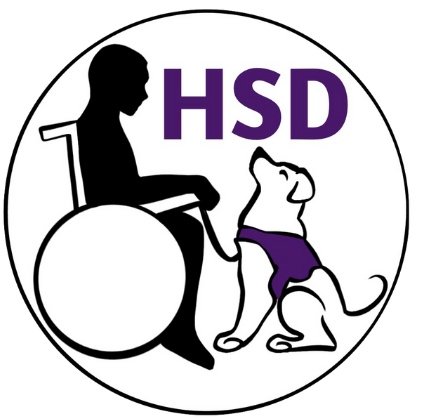OFA vs PennHIP
What is Canine Hip Dysplasia?
From OFA.org:
Canine Hip Dysplasia typically develops because of an abnormally developed hip joint, but can also be caused by cartilage damage from a traumatic fracture. With cartilage damage or a hip joint that isn’t formed properly, over time the existing cartilage will lose its thickness and elasticity. This breakdown of the cartilage will eventually result in pain with any joint movement.
No one can predict when or even if a dysplastic dog will start showing clinical signs of lameness due to pain. The severity of the disease can be affected by environmental factors, such as caloric intake or level of exercise. There are a number of dysplastic dogs with severe arthritis that run, jump, and play as if nothing is wrong and some dogs with barely any arthritic x-ray evidence that are severely lame.
There are 2 main evaluations of hip dysplasia in the US, OFA & PennHIP.
OFA Hip Dysplasia Screening Procedures
From OFA.org:
The OFA classifies hips into seven different categories: Excellent, Good, Fair (all within Normal limits), Borderline, and then Mild, Moderate, or Severe (the last three considered Dysplastic).
Radiographs submitted to the OFA should follow the American Veterinary Medical Association recommendations for positioning. This view is accepted worldwide for the detection and assessment of hip joint irregularities and secondary arthritic hip joint changes. To obtain this view, the animal must be placed on its back in dorsal recumbency with the rear limbs extended and parallel to each other. The knees (stifles) are rotated internally and the pelvis is symmetric. Chemical restraint (anesthesia) to the point of relaxation is recommended.
PennHIP Dysplasia Screening Procedures
From PennHIP site:
There are two principal innovations in the PennHIP method. First, the dog is positioned on the x-ray table with hips in a neutral orientation, and second, a custom distraction device is applied to reveal the maximum amount of hip laxity. To achieve this, the dog’s muscles are completely relaxed by administering sedation or general anesthesia.
Distraction Index (DI)
The DI is a measure of hip laxity—the inherent distance the ball can be displaced (distracted) from the hip socket—and is expressed as a number between zero and one. A DI near zero indicates little joint laxity (very tight hips). A DI closer to 1.0 indicates a high degree of laxity (very loose hips). Dogs with tighter hips are less likely to develop hip dysplasia than dogs with looser hips. A threshold level of 0.30 has been identified, below which hip dysplasia is very unlikely to occur. As of March 2024, the breed average DI for golden retrievers is 0.52.

